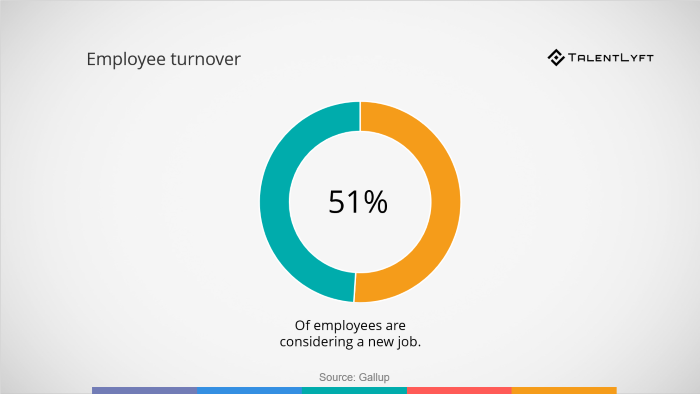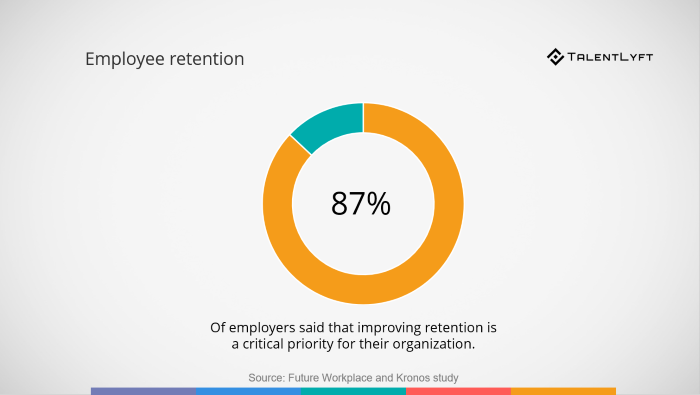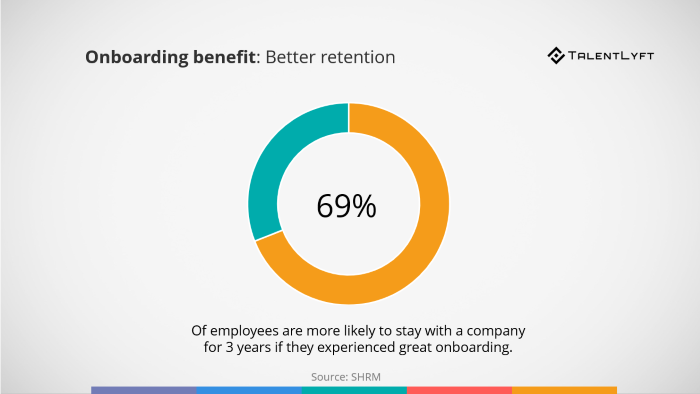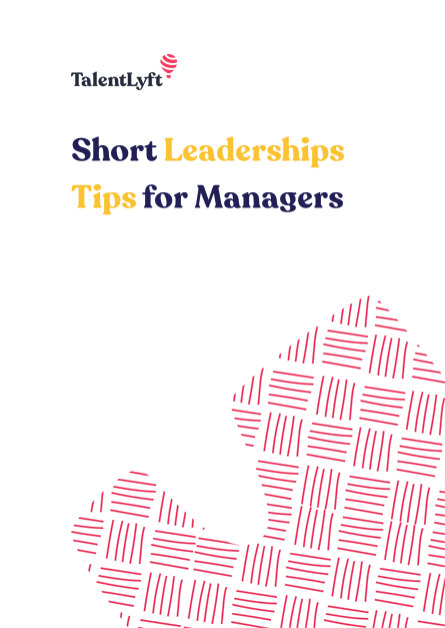
In this blog post, we will introduce 7 most interesting facts about employee turnover that every employer and HR professional should know. Knowing these facts and statistics will help you prevent and tackle this serious and costly HR problem.
In this blog post, we will introduce 7 most interesting facts about employee turnover that every employer and HR professional should know. Knowing these facts and statistics will help you prevent and tackle this serious and costly HR problem.
Employee turnover is one of the most important HR statistics.
When your employees leave, you need to replace them, which sets in progress a time-consuming and costly full-cycle recruiting process.
➡️ Download the free eBook: The Ultimate Guide for Finding Qualified Candidates in 2019!
Employee turnover can also have a wider negative effect on your company’s bottom line because of the loss of productivity and the negative morale in your team. It can also have a negative impact on your client relationships.
In order to help you successfully tackle and prevent employee turnover, we gathered some of the most interesting and useful employee turnover facts and statistics.
Here is the list of the most important employee turnover questions, facts, and statistics every employer and HR professional should know, followed by expert tips on how to successfully tackle these challenging employee turnover facts.
Question: Is employee turnover really such an important issue? Is the so-called "pain of turnover" something employers really feel?
Statistic:
Source: Gallup

Expert tip:
Job market has changed. With the unemployment rate lower than ever, candidates are now in the position to choose where they want to work.
Make sure you present a great employee value proposition to attract top talent and deliver on your promise in order to keep your best employees and avoid having them consider a new job.
Question: How much does it cost to replace an employee?
Statistic:
Source: The Society for Human Resource Management (SHRM)
Expert tip:
Keep in mind that direct costs are just a part of the total cost of employee replacement.
Total costs associated with a turnover range from 90% to 200% of an employee’s annual salary. A report from the Center for American Progress found that turnover can cost organizations anywhere from 16% to 213% of the lost employee’s salary.
Question: Are employers aware of the turnover problem?
Statistic:
Source: Future Workplace and Kronos

Expert tip:
While most employers are aware of how serious problem a high turnover is, many of them admit that they don’t have the time or resources to tackle it.
Make lowering your turnover rate your goal and commit to it! There are many simple and low-cost actions you can take in order to keep your best employees.
Question: What is a critical period for employee turnover?
Statistic:
Source: Allied Workforce Mobility Survey
Expert tip:
Pay special attention to your newly hired employees. Conduct an employee onboarding survey at the end of the first, third, and sixth months of the new employee’s time at your company.
That way, you can identify your new employees’ concerns and frustrations early on and take action in order to eliminate them on time.
Question: How can employers prevent high employee turnover?
Statistic:
Source: Society For Human Resources Management (SHRM)

Expert tip:
Do you have a structured, consistent, well-organized employee onboarding system that lasts for a whole year? If you don’t, you should create one ASAP! Check out our comprehensive guide which will ensure that you successfully onboard your new employees.
If you already have an employee onboarding program, enrichen it with creative employee onboarding ideas!
Question: Why do employees leave?
Statistic:
Source: MRINetwork
Expert tip:
One of the best ways to nurture and engage your talent to stop them from leaving is by providing them with an opportunity for career growth and development.
Make sure your best employees know that they have a chance to learn and grow in your company. Offer them modern employee training opportunities and open the discussion about the possibilities of their career advancement at your company.
Question: Which benefits can improve retention rates?
Statistic:
Source: OWL Labs
Expert tip:
Offer your employees the possibility of occasional remote work. Many employers hesitate to offer remote work opportunities to their employees, especially if they are used to being able to watch their employees at work.
However, this shouldn’t be a concern for you if you follow effective and proven tips to ensure that your remote employees are productive.
Here is the infographic with the top 7 employee turnover statistics:
Add this infographic to your site by copying this code
<a href="https://https://www.talentlyft.com/en/blog/article/245/7-interesting-facts-about-employee-turnover"><img src="https://adoptostaging.blob.core.windows.net/article/cOvRXbChHkaTMafKckbEPA.png" alt="7 interesting facts about employee turnover [INFOGRAPHIC]" width="740px" border="0" data-no-lazy="1" /></a><br/>This infographic was crafted with love by TalentLyft, the simple <a href="https://www.talentlyft.com/en">recruitment software</a> designed to help you find and hire the best candidates.













